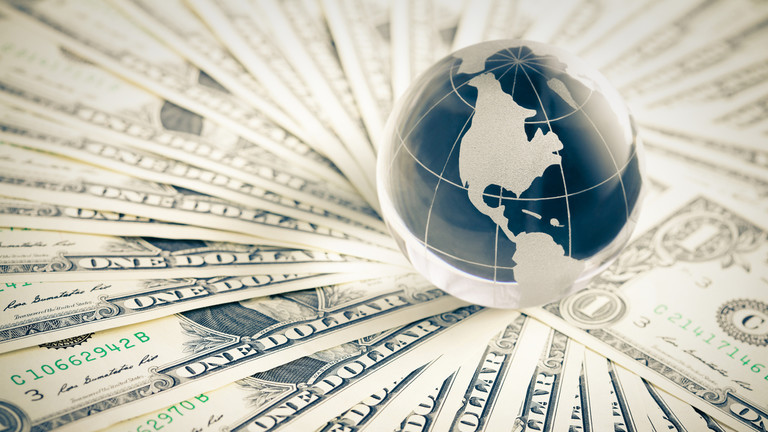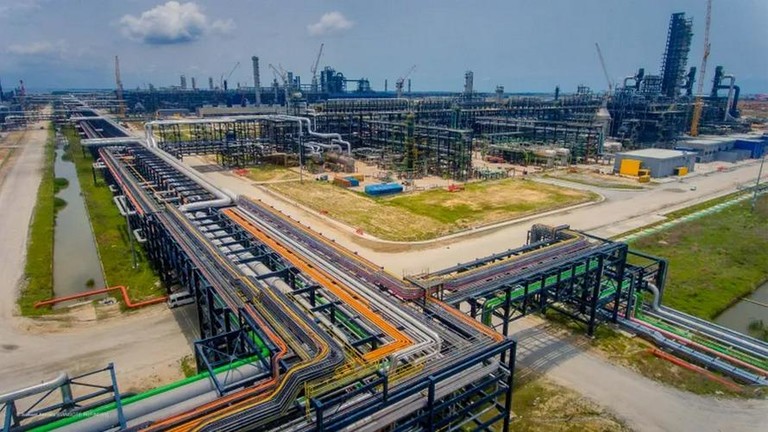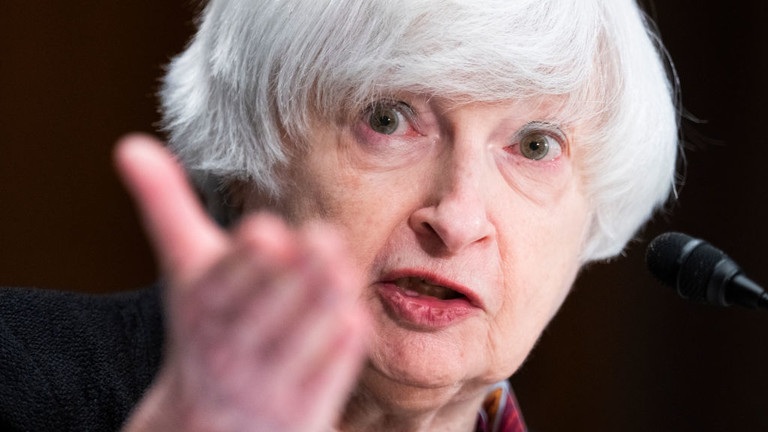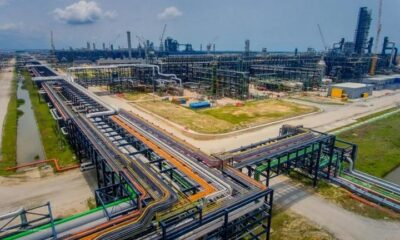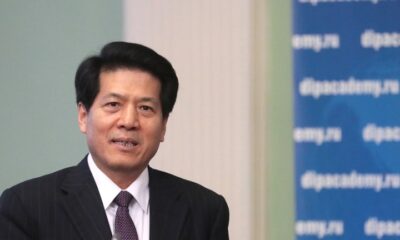Key themes emerged from HSBC’s China Connections event in Shanghai in October, when businesses from around the world gathered to explore growth opportunities in China.
Having served as the “factory of the world” for decades, China may have yet to completely shed its image as a center for the mass production of low-end goods. But there are clear signs emerging that the era of “copycat China” is coming to an end, and that the country’s enterprises are developing technologies and consumer models that will soon be adopted by the rest of the world.
China’s shift from follower to innovation leader is taking place on multiple fronts, including government policy. The Made in China 2025 strategy, announced in 2015, has signaled the government’s intention to transform the country’s industrial sector by applying cutting-edge technologies and sustainable principles, and to claim a leadership position in next-generation industries like aerospace, information technology and advanced robotics.
This drive is already yielding results.
The country has become the global leader in patent applications, filing over 1 million in 2015 alone—nearly double the number of applications from the world’s second-biggest filer, the United States.[1]
Research and development spending, meanwhile, climbed to over 2 percent of GDP in 2016,[2] putting China virtually on par with countries like the U.S., Japan and South Korea. China has also marched steadily up the Global Innovation Index, from No. 29 in 2015, to No. 25 in 2016 and No. 22 this year—making it the only middle-income member of the index’s top 25 markets.[3]
Willingness to invest means China is also moving to the forefront of global trends in defense, which, as policy analyst and forecaster Pippa Malmgren has noted, are increasingly technology-based rather than weapons-based. In her words, “the new arms race is happening in computers.”
Malmgren, founder of DRPM Group and co-founder of H Robotics, points to a new quantum computing research facility being built in China’s Anhui province as an indication that this is a race China could win. The $11 billion project is the largest of its kind in the world, and will focus on new advances in code-breaking and stealth technology, according to media reports.[4]
People-powered change
Malmgren also believes that China offers a glimpse of the likely future of global financial infrastructure. As more countries and companies begin to explore fintech solutions such as blockchain and electronic payments, China has already developed a fully fledged digital payment ecosystem. Thanks to the prevalence and convenience of payment solutions embedded in popular social media services such as Tencent’s WeChat, total mobile payment transactions in China reached an estimated $5.5 trillion last year, versus just $112 billion in the U.S.[5]
This points to an important characteristic of innovation in China that distinguishes it from many other markets: Rather than being instituted from the top down, it is often consumer-led.
As Fran Kauzlaric, Engagement Manager at consultancy Market Gravity, notes, innovation is not limited to coming up with something completely new, but can also take the form of dramatic improvements to existing products or services.
“What we’ve seen over the last 15 years—and I’m really excited about the next 15—is China taking ideas and making them better,” he says. “The reason Chinese businesses can do that is because they’ve talked to their customers and asked them what they want, and driven, tested and iterated those solutions until they’re perfected.” WeChat is a case in point, having supplemented a core messaging platform (similar to WhatsApp or LINE) with mobile payment, e-commerce, transportation and other capabilities, evolving into a fully integrated ecosystem that’s now widely considered a social media model.[6]
Chinese enterprises are largely driven by the country’s massive and still relatively youthful population, which provides both a massive potential user base and a deep reservoir of skilled technology talent. China had 4.7 million recent science, technology, engineering or mathematics (STEM) graduates in 2016, versus 568,000 in the United States.[7] The average age in China’s southern technology boomtown of Shenzhen is under 30[8]—an age group that tends to be digitally native and open to change.
Wuxu Zhang, General Manager, International Development Department, of iFlyTek, a leading maker of translation and voice recognition software, says the mammoth user base of the company’s core artificial intelligence platform—which sees some 1.5 billion users and 4 billion data interactions per day—gives iFlyTek the power to learn and to quickly make improvements.
“The data interaction is huge, so innovation will happen faster,” he says. “That’s why our accuracy is the world’s best; there’s a competitive advantage there.”
From the ground up
Another defining feature of Chinese innovation is that it often takes place at the local or regional, rather than national, level. Peggy Liu, Chairperson of Joint U.S.—China Collaboration for Clean Energy (JUCCCE), a Shanghai-based nonprofit promoting environmental improvements, notes that the country “pilots at the city level, which is different from most administrations.”
That creates opportunities to test innovations in a local market and make any necessary adjustments before scaling up. Bike-sharing company Ofo, for example, began on a limited scale in Beijing, but now operates worldwide.
Local-level innovations have also led to the development of several unique technology clusters, from software-centric Beijing to the more hardware-focused companies of Shenzhen and the surrounding Pearl River Delta (PRD). Enterprises in the PRD area invest in R&D at double the national rate, and the region is fast becoming known as the “Silicon Delta,” proving that “China’s growth model can be innovation-led,” says Neo Wang, Head of Commercial Banking, Guangdong and PRD, HSBC.
Businesses are learning to perceive China’s companies as drivers of technological change, rather than simply contract manufacturers, and to regard its consumers as a barometer of future trends, rather than simply a massive export market. In fields from artificial intelligence to fintech, the former factory of the world is on course to soon be blazing trails for others to follow.

 TECHNOLOGY12 months ago
TECHNOLOGY12 months ago
 FINANCE11 months ago
FINANCE11 months ago
 LIFE12 months ago
LIFE12 months ago
 LIFE11 months ago
LIFE11 months ago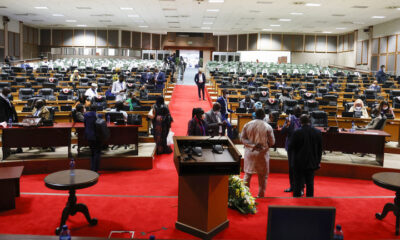
 NEWS11 months ago
NEWS11 months ago
 FINANCE11 months ago
FINANCE11 months ago
 FINANCE11 months ago
FINANCE11 months ago
 WAR11 months ago
WAR11 months ago


